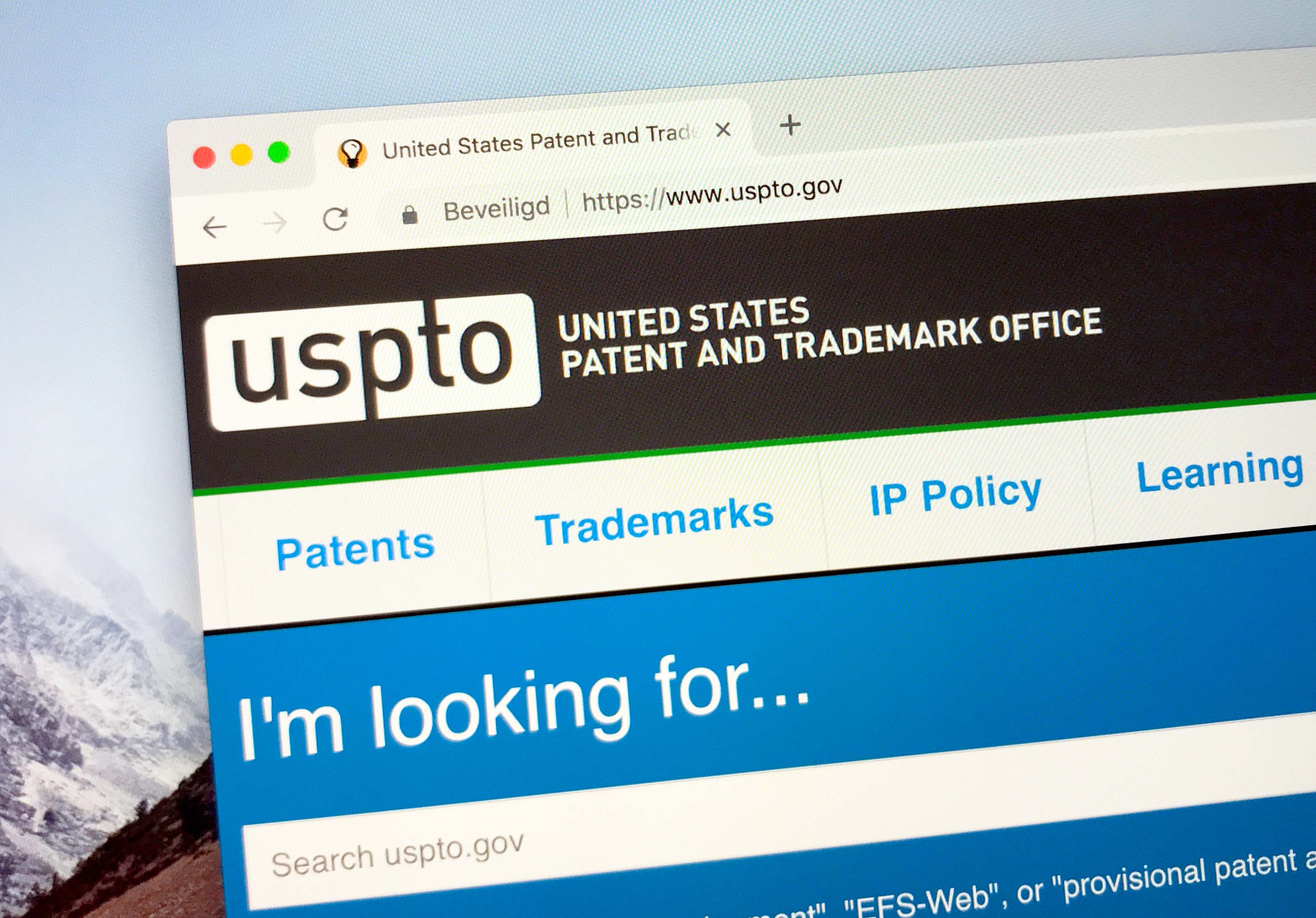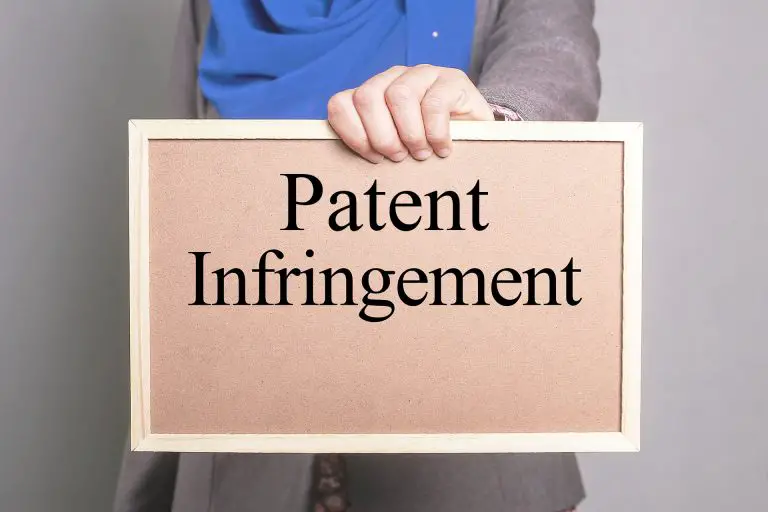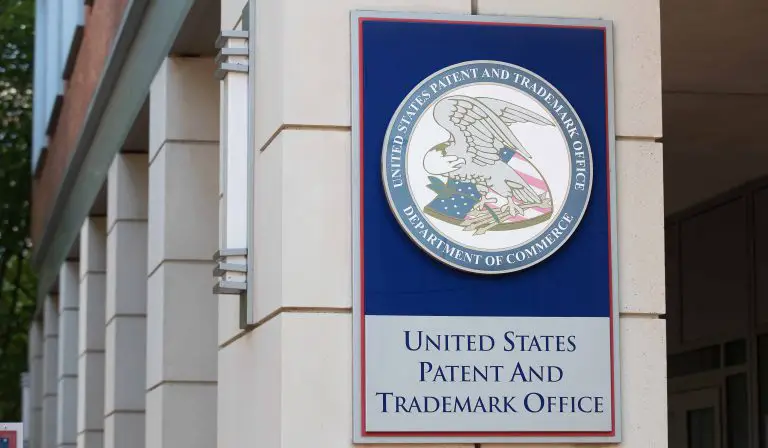What is a Patent Office Action?
The USPTO (United States Patent and Trademark Office) issues many different types of official letters regarding an applicant’s patent application. An office action is one of the official letters sent by the patent office, so understanding what a patent office action is very important because a response is often required, ignoring it could cost you your patent. So, what is a patent office action? Read below to find out.
What is a Patent Office Action?
According to the USPTO, a patent office action is a written notification from the patent office issued by the patent examiner to patent applicants during the patent examination process. Office actions notify the applicant of the examiner’s decision on patentability and discloses the grounds for a rejection, the claims affected, and pertinent prior art. A patent examiner can use one office action to object to one or more claims an applicant makes in his patent application to the patent office.
Said differently, office actions are made when a patent examiner or other patent office official communicates with a patent applicant regarding the status of their patent application. Many office actions include a patent examiner’s opinion on the patentability of the applied-for invention or design.
Just remember that receiving an office action does not necessarily mean that your patent will be denied. Depending on the type of office action, applicants typically have an opportunity to respond to an office action.
What Does An Office Action Mean?
A patent office action is a document prepared by the patent examiner, stating whether the patent examiner has allowed, objected, or rejected an applicant’s patent claims. Most of the time, the first office action that a patent applicant receives contains claim rejections. Said differently, an office action is a formal response from the patent office regarding an applicant’s patent application.
Once an applicant receives claim rejections, he will be able to respond to the USPTO, arguing that the patent examiner’s rejection of patent claims are unfounded and that the claims should be allowed to go forward.
Patent Examination Process
The patent examination process begins when an application files a patent application with the USPTO. The first step the patent office takes is to review the patent application to make sure that it is complete and that all of the fees have been paid.
An application is deemed to be complete if it includes a written description of the invention, makes at least one claim, and includes the necessary drawings. Once this preliminary review is completed, the patent application is forwarded to the relevant division for examination. Once at the correct unit, a patent examiner is assigned to the patent application.
At this point, the patent examiner checks to make sure that the claims comply with applicable laws and that the claims have patentable subject matter. The examiner will looks at whether the written description adequately describes the claimed invention and that the claims clearly define the invention.
Once the examiner has completed this part of the review, he conducts a prior art search to determine whether the invention is novel (new) and nonobvious (not obvious). After completing this examination, the patent examiner will either allow all claims or issue an office action. The patent examiner may issue an office action that rejects one or more claims of objects to them.
Typically, a non-final rejection office action will state the specific claims and statutory grounds upon which the patent examiner is objecting or rejecting the submitted claims.
Once a patent applicant receives a non-final rejection, the applicant is usually given 3 months to respond. The applicant can extend the three months by an additional 3 months by paying additional fees for such an extension.
At this point, applicants typically respond with arguments as to why the patent examiner is wrong and why their invention is eligible for a patent. Once the patent examiner receive the applicant’s response, the patent examiner will evaluate the claims to determine whether the applicant has overcome the challenges or objections.
The patent examiner will make a determination as to whether the applicant has overcome the claims or whether the arguments were insufficient to overcome the objections. The patent examiner may then allow the claims or issue a final rejection.
How Do You Respond to an Office Action?
Responses to an office action vary from one office action to another. An office action can require different types of responses from the inventor. For example, an office action may address the drawings attached to your patent application, it may object to the format of your patent application, or it may reject your patent on grounds that the subject matter of your patent is not novel (new).
The USPTO requires that an applicant’s invention be completely novel, meaning no one must have ever invented or published a similar invention. When determining novelty, an inventor must have performed a thorough patent search that revealed no inventions that are the same as their invention. So, how much time do you have to respond to an office action? We will discuss this below.
How Much Time Do you Have to Respond to an Office Action?
The USPTO usually gives applicants 2 to 3 months to respond to an office action, however, the amount of time you’re given depends on the type of office action you receive. In some circumstances, you may only have a month to reply, so always check the reply-by date that’s written on your letter. If for some reason the letter does not give you a time-frame to reply, you can always contact the USPTO and request clarification.
Most Common Reasons for Office Actions
Here are some of the most common reasons for patent office actions:
- Obviousness. Rejection based on obviousness is the most common reason for rejection, making up 30% of all rejections by the patent office. 35 U.S.C 103 states that a claim may be rejected if the differences between the claims and prior art would have been obvious before the filing date of the patent application. Office actions based on obviousness are the most difficult to overcome because it’s a subjective consideration that varies from one person to another.
- Non-patentable Subject Matter. Many rejections by the patent office are made on the grounds that the subject matter to be patented is not eligible for patenting. Usually, to overcome this type of rejection, the applicant will have to amend his claims by showing a specific application for his invention.
- Publication. The second most common reason for rejection is publication of the matter to be patented more than one year before filing the patent application. Rejection for publications accounts for more than 12% of all rejections by the patent office.
- Failing to Distinctly Claim the Invention. 12% of rejections by the patent office are based on failure of the claims to distinctly claim the invention under 35 U.S.C 112(b)
- Submitting Multiple Distinct Inventions. The patent office regularly rejects patent applications that have multiple, distinct inventions using one patent application. The patent office asks applicants to limit their patent application to cover only one invention. Applicants can respond to this type of office action by choosing to go forward with the claims that relate to one invention.
What is a Final Office Action?
A final office action is usually issued by a patent examiner when a patent applicant’s response to a prior office action fails to address or overcome the issues that the patent examiner brought up in the prior office action.
The first office action that is issued by the patent examiner is almost always non-final, giving the applicant an opportunity to reply and convince the patent examiner that his invention is indeed patentable.
If the patent examiner issues a second office action, this typically means that the patent examiner did not find the applicant’s arguments convincing enough to allow the patent to proceed. A final rejection does not give the applicant an opportunity to respond.
That said, this is not the end of the road for a patent applicant. The applicant has three options going forward. The applicant can either (1) accept the patent examiner’s rejection and abandon the patent application entirely, (2) applicant can appeal the examiner’s decision, or (3) the applicant can make a request for continued examination. Choosing any one of these option will cost an applicant more money, so an applicant should consider whether the patent is worth spending more money and time.
What is a Non-Final Office Action?
A non-final office action letter is a letter sent by the USPTO to an applicant by the patent examiner. The letter typically states that the patent examiner believes that the applicant has not complied with the USPTO’s requirements or that the applicant has not submitted a patentable invention. It may also include rejection of some or all of an applicant claims.
A non-final office action letter allows an applicant or his attorney to respond to the patent examiner in writing, explaining why the patent examiner is wrong or by correcting any issues in the applicant’s patent application. Just remember that non-final rejections are pretty common and receiving one does mean that your application will be denied by the patent office.
The goal of an applicant’s response is to convince the examiner to allow the applicant’s claim(s). You or your attorney’s goal should be to come up with skilled arguments and amendments to point out why the examiner’s decision is wrong and why your claims should go on.
That said, if you reply to a non-final office action and your reply does not resolve the issues in your application or does not address the patent examiner’s concerns, the patent examiner may send you a final office action letter. If you get a final office action letter this will significantly limit your options to making the amendments the patent examiner requires, filing an appeal with the Board of Patent Appeals, or making a Request for Continued Examination (RCE), which will open the application for further examination by the patent office.
What is a Request for Continued Examination (RCE)?
A Request for Continued Examination (RCE) is often submitted by an applicant, requesting that the patent examiner give the application another shot by allowing more time for further examination of the applicant’s response. An applicant should seek an RCE if he’s planing to make amendments to the patent application that require the patent examiner to perform additional prior art search.
That said, if you submit a response to a Final Office Action Letter together with an RCE and the patent examiner does not allow an applicant’s application, the patent examiner will likely issues another Non-final Office Action, giving the applicant a final opportunity to file a response.
Patent Appeal
If you’ve faced rejection after rejection by the patent examiner, your only option might be to go above the patent examiner by filing an ex parte patent appeal. Ex Parte patent appeal will be heard and decided by the Patent Trial and Appeal Board (PTAB).
Patent Office Action
We hope that this article clarified most of the questions you had regarding patent office action, final office actions, and non-final office actions. If you have received any letter from the USPTO, you will find some good information that may help guide you on what to expect next. If you have any general questions or comments, please feel free to leave them in the comments section below.







